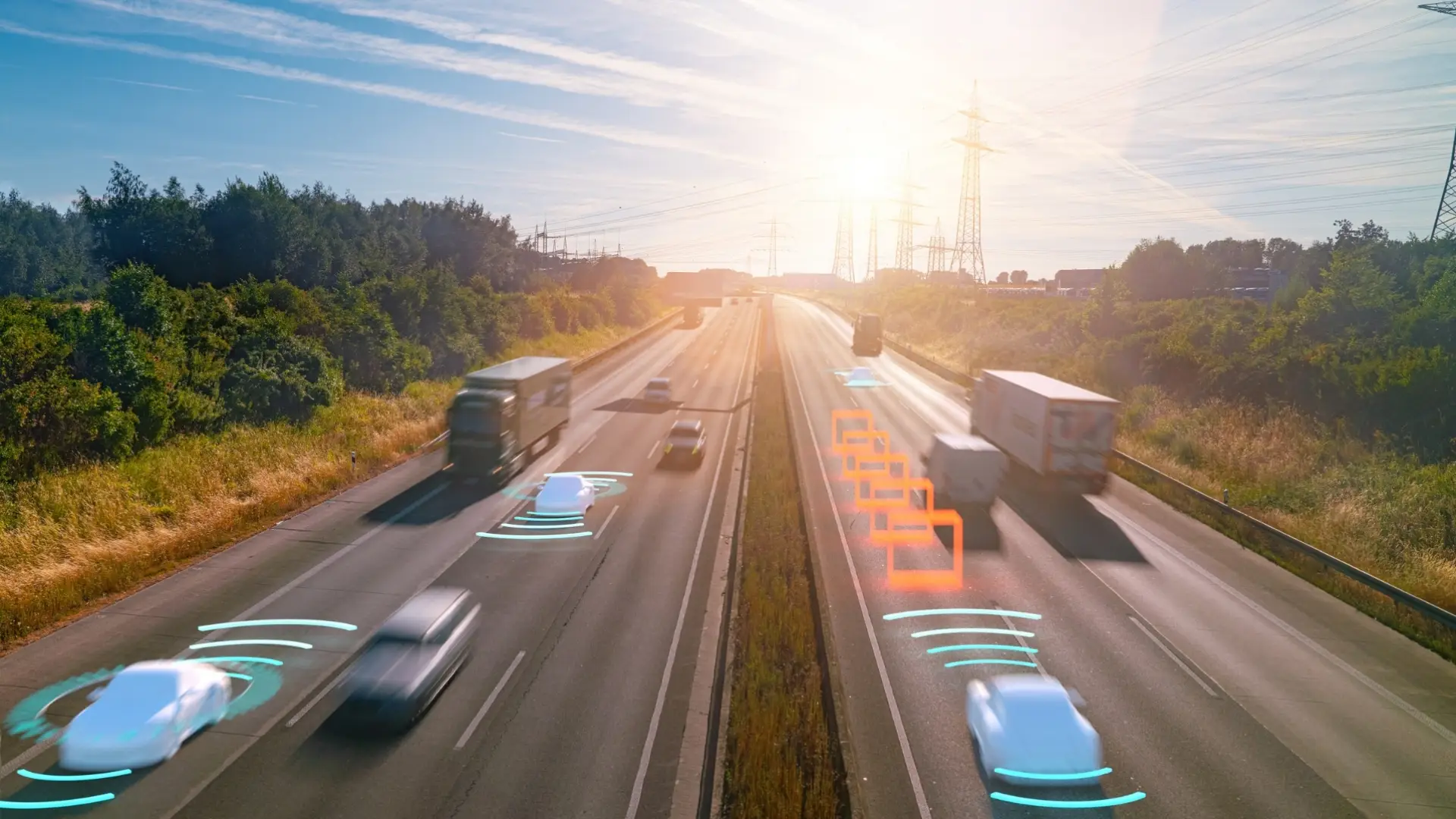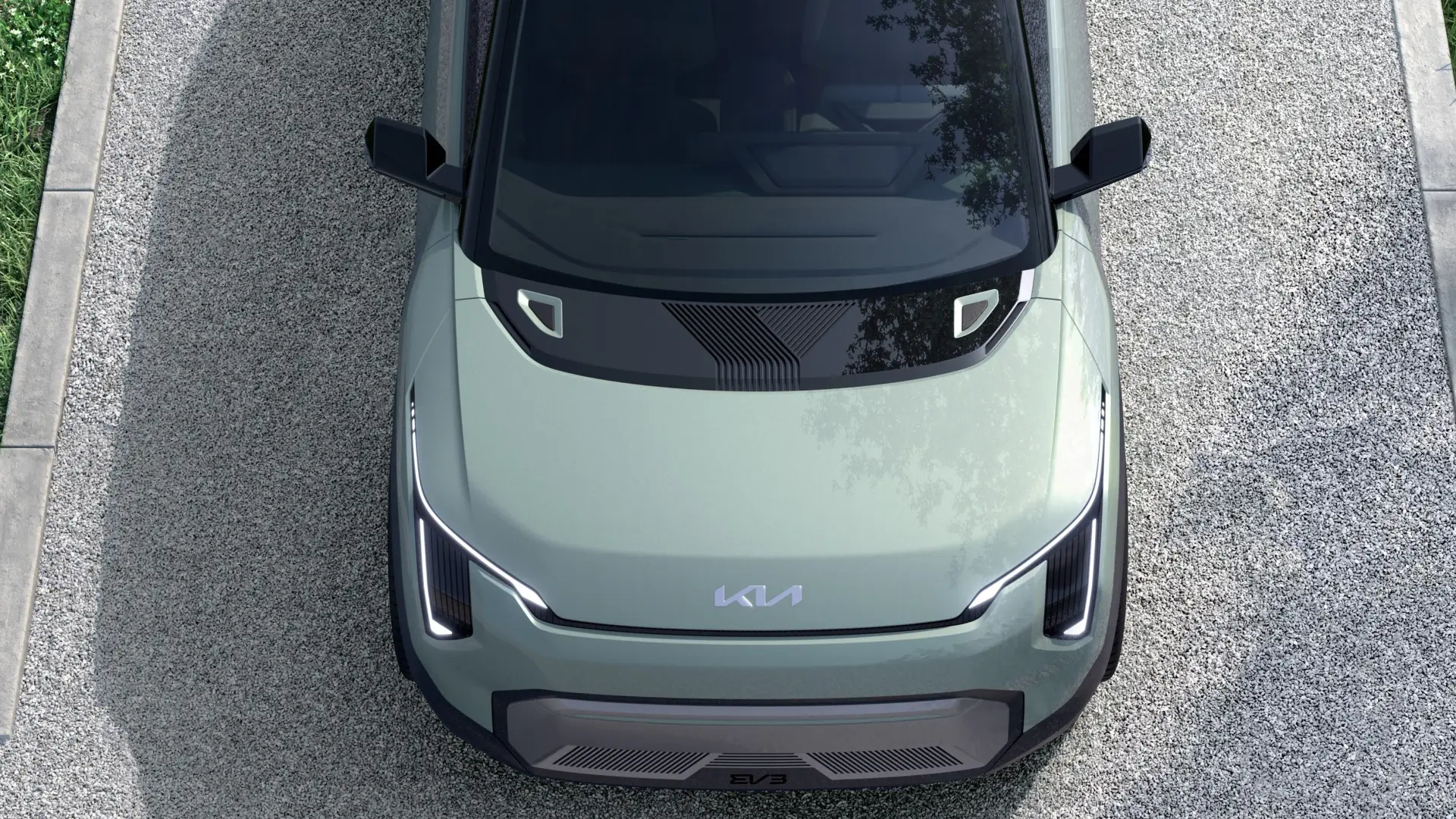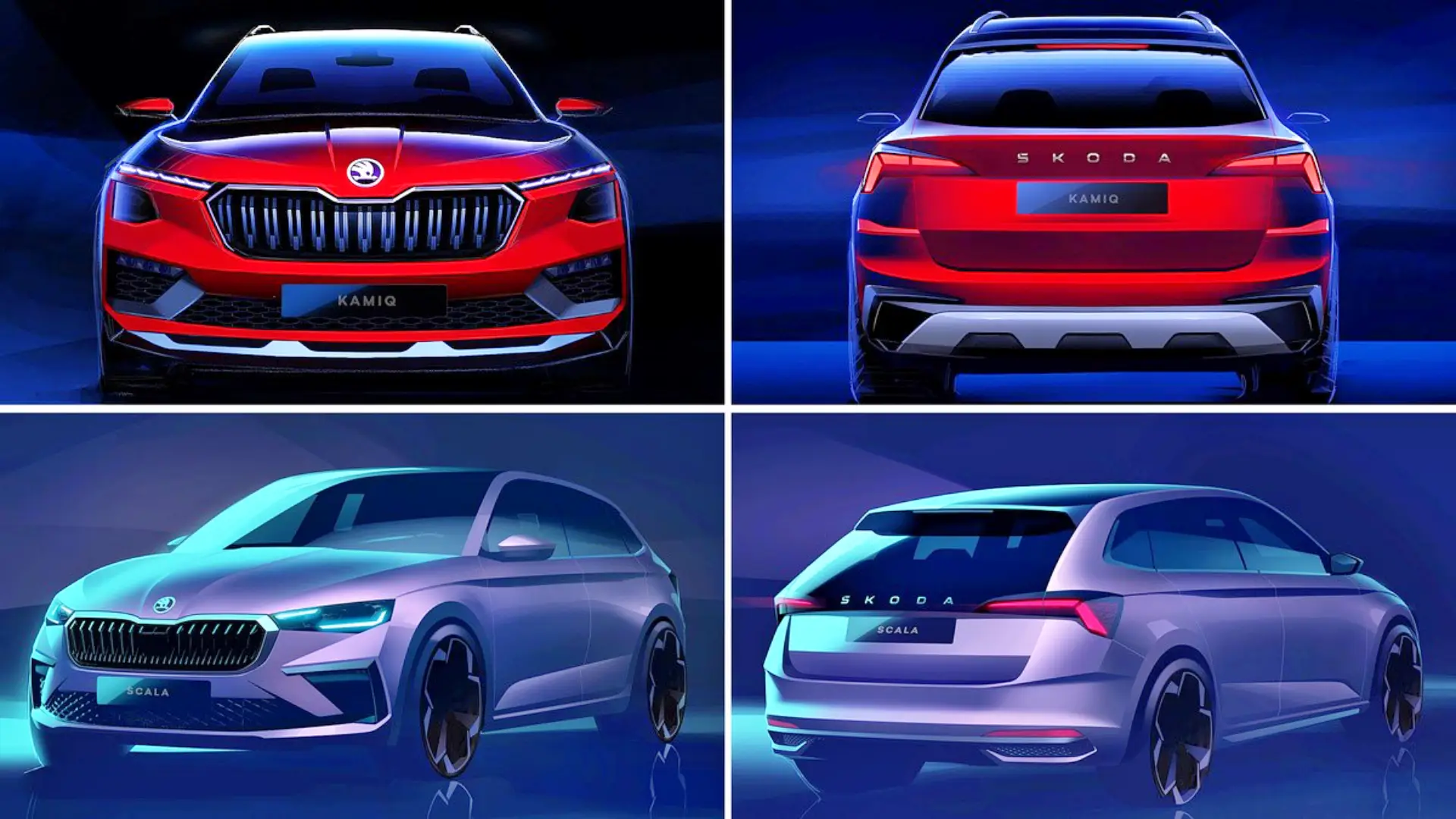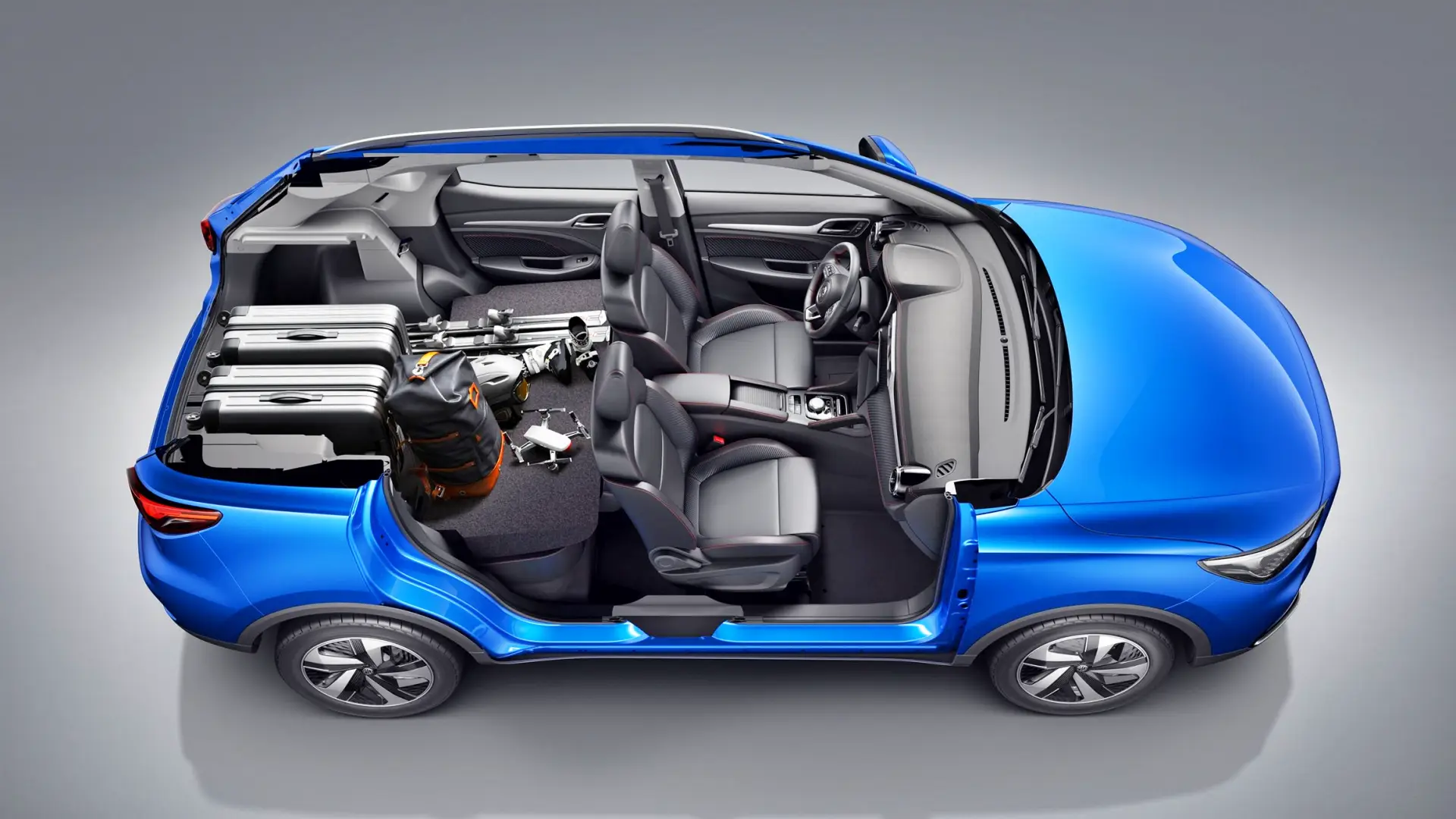Although the tests carried out in San Francisco, United States, reflect a residual number of accidents, in this city the number of autonomous cars will be reduced. The Waymo company is the safest according to the figures, while Cruise, the other firm that tested its driverless vehicles, generates much more uncertainty regarding the accidents suffered by its units. Even so, it seems that they can outperform humans in safety.
Some films bring the future closer to the present and that tells us about autonomous cars as a natural phenomenon. This is what we saw in Blade Runner 2049 or, much earlier, in Total Challenge, where Arnold Arnold Schwarzenegger moves in an automated taxi (“Johnny Cab”) and is driven by a robot named Johnny. But now, fiction has become reality.
Autonomous driving aims to radically change the relationship between the user and the vehicle, to the point of converting the cabin into an environment in which to work or simply relax while traveling. Even so, there are questions about its level. safety compared to human drivers.
As reported by our colleagues at Computer Hoy, Waymo and Cruise, two leading companies in autonomous driving technology, have carried out tests of almost 13 million kilometers of driverless autonomous driving during 2023. Of those 12+1, 6 were on the streets of San Francisco (USA). But, doubt arises. Are they safer than human drivers? It is not at all clear, since even though the number of self-employed accidents is residual, it continues to generate doubts among companies that are testing this type of driving.
The Arstechnica portal has published that Waymo and Cruise vehicles suffered 102 accidents. It is a ridiculous figure if you take into account that 9.6 million kilometers of autonomous driving have been completed. This is equivalent to one accident every 96,560 kilometers. Still, San Francisco announced last August that it would downgrade the fleet because of the accidents.

If we transfer these data to what an average human driver would have, we would realize that these figures would give one accident in about five years of driving. Furthermore, the majority of the incidents were low-speed collisions which means they did not represent a serious safety risk.
The Waymo company can rest assured, since in its history most of its incidents involved other drivers who collided with autonomous vehicles.
According to the studies carried out, there were no serious accidents in which Waymo was at fault, so it can be assumed that its vehicles, in this case, would be safer than those driven manually by humans, with all types of accidents.
The Cruise Needs to Improve
The other company involved in autonomous driving tests, Cruise, has had notable problems and incidents. There have been collisions where Cruise vehicles have incurred failures such as changing lanes without enough room or hitting a bus due to the software’s inability to navigate articulated buses.
The most common problems for Cruise’s autonomous vehicles have been at junctions and intersections. It appears that Cruise has had more crashes than Waymo caused by other drivers in those locations. These situations could be attributed to differences in the autonomous driving strategies of each other.











